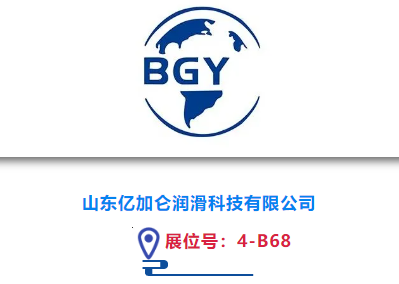Amidst uncertainty over supply and pricing of natural gas, European member states are looking for ways to reduce their gas demand by 15% in the upcoming winter. Part of the solution lies in alternative sources of heating, such as using air conditioning systems already in place today. In fact an air conditioning system is an air-to-air heat pump, capable of heating buildings in a very efficient and effective way. In the case of a 600m² building, using the air conditioning system as an air-to-air heat pump to heat can help save up to 112,880kWh of natural gas and reduce heating costs by 25%.
Given the challenges the EU is currently facing, the European Commission drew up the European Gas Demand Reduction plan (1), recommending member states to reduce gas use voluntarily by 15% between now and March 2023. According to the EU, large savings can be achieved in the way we heat and cool our buildings. It is estimated that nearly 30% of commercial buildings in the EU are still heated by gas (2) while some are also equipped with an air conditioning system. It is often not understood that an air conditioning system is an air-to-air heat pump, which can be used for efficient and effective space heating. Buildings can significantly and immediately decrease their gas demand by using their air conditioning system in heating mode and simultaneously lower overall costs.
Reducing the gas bill
Calculations from leading heat pump manufacturer Daikin show that using an air conditioning system for heating significantly reduces natural gas demand. In the example of a 600m² office building, a VRV air-to-air heat pump avoids up to 112,880kWh of natural gas use compared to traditional space heating (3). On top of that, businesses can reduce their energy cost with nearly 30% thanks to a heat pump. For a business operating in Belgium this means reducing its heating cost from 25,237 euro to 17,695 euro per year (4).
Why is a heat pump so efficient?
An air-to-air heat pump has both an indoor and an outdoor unit. When operating in cooling mode, the indoor unit extracts heat from the inside and transfers it to the outdoor unit, which rejects the heat to the outside. The operation can, however, be reversed to heat indoors, using heat extracted from the outdoor air by the outdoor unit. Even at outdoor temperatures well below 0°C, an air-to-air heat pump will still efficiently provide heating.
A heat pump is up to four times more efficient than a gas system as three-quarters of the energy used for heating comes for free from the outside air while only consuming a quarter in electricity use.
Further reducing energy use
If a building already has a heat pump installed, it can be optimized by using energy-saving systems that will further reduce the energy bill. Intelligent cloud systems like Daikin’s Cloud Service provides clients with access to tools that not only detect excessive energy use in parts of their building, as these systems also allow them to act fast and intervene where needed.
Daikin, front runner of sustainable transformation in HVAC market
As a leading heat pump company, Daikin supports the European energy transition with its various heat pump solutions developed and manufactured in Europe. With its Environmental Vision 2050, the company aims to be carbon neutral throughout its entire value chain and life cycle of products and solutions by 2050. With a network of locally trained experts, the company will help its customers to decarbonize buildings and create a healthy environment for generations to come.
Please share the news
 29
29





















